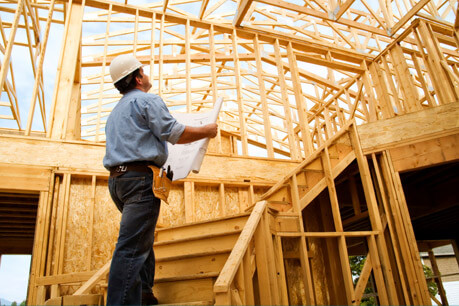
Buying homes is not something that the average person does with any frequency. It’s all too easy to think a quick look around a home for sale will tell you whether it will suit your family. However, homeowners seeking to realize a good price for their houses will often do a few quick fixes that make a house look good but hide a wealth of shortcomings.
When looking at homes for sale in the US, you can narrow down your options by looking out for a few basic dealbreakers. If a home still looks suitable, consider getting a professional home inspection before finalizing the deal.
1. Look Up
When inspecting a home, don’t forget to check the condition of the roof – if you buy, it will be the roof over your head, and you will need it to be in good condition. As an initial check, look out for signs of wear and indications that guttering, gutter apron and drip edge are sound. Once indoors, look at ceilings for signs of watermarks or sagging that could indicate leaks.
2. Use Your Nose: Walls, Roof, and Underfloor Rot
A musty smell indicates the presence of mold in the walls or roof. If the whale house reeks of fresh paint, it may not be a bad sign – but it could also indicate that the homeowner has covered up signs of damp arising from foundations or roof.
A building inspector can check for damp using infra-red equipment that looks for unusually cool spots and it’s worth having this done to ensure that you’re buying a structurally sound home.
3. Firm Foundations
When homes are built on unstable soil, the maintenance cost can be sky-high. Look for signs of cracks in the walls or filled, painted-over cracks. Unfortunately, a paint job can cover a multitude of sins, so once again, a professional building inspection is the only surefire way to know whether foundations are sturdy.
However, if you do see signs of interior or exterior cracking, you don’t need professional help to know that something is the matter with the construction of the building itself. Other signs of problems include doors that seem to be sagging, uneven floors, and gaps between expansion joints.
4. Check the Crawl Space for Signs of Structural Problems
When sellers decide that their poorly constructed home is best sold, they’ll often hide problems – but most of them will not attend to the signs of trouble that can be seen from the crawlspace. It’s here that you’re likeliest to see signs of trouble like rotting beams, mold, and chinks in the roof. Asking for a peep into the crawlspace may sound like an unusual request, but it’s worth doing!
5. Ask About the Home’s History
Don’t assume that newly-built means trouble-free. Try to find out who the architects and builders were and check on their reputations. In older homes, ask about any structural renovations the owner undertook since buying the house.
Having a chat with the neighbors could also uncover red flags like a property having changed hands with unusual frequency. Locals can also tell you if the area has been subject to subsidence or, in homes near bodies of water, whether there is a history of flooding.
Never Rush In
Always take your time when deciding whether to purchase a house. Property agents will often push you to make a quick decision, but even if you like what you see, it’s worth getting what you can’t see evaluated before signing an offer.
